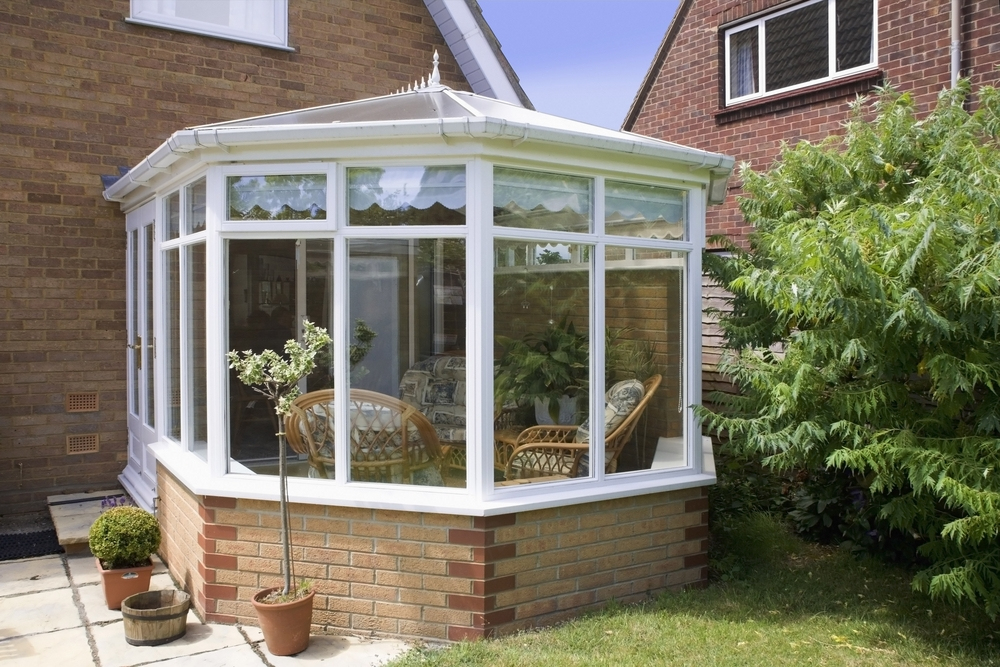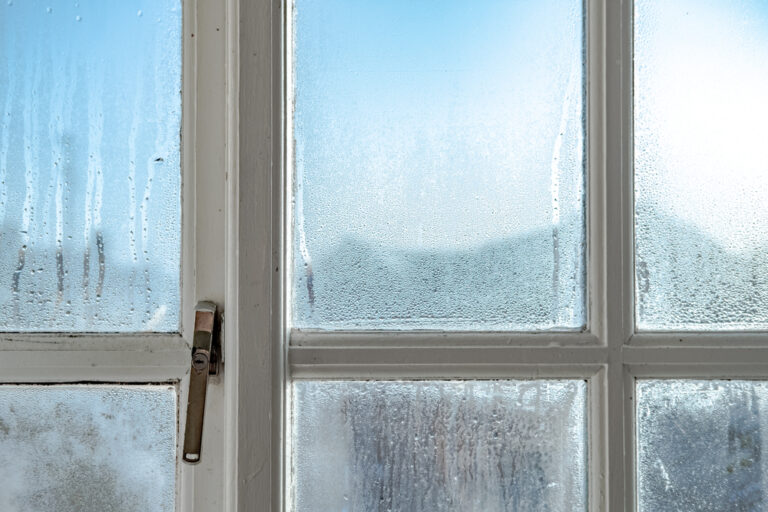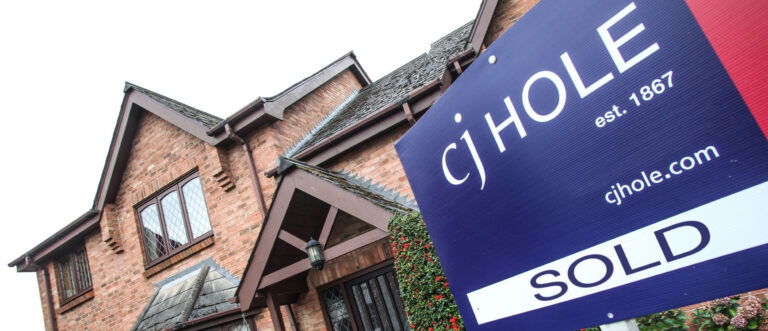Conservatories can be a superb, cost-effective way to add more space to your home.
But there are lots of things you’ll need to consider before construction starts, including:
Style and materials for your conservatory
What you’ll use it for
Planning permission and building regulation rules
The cost, time and upheaval that comes with major work
In this guide, we’ve explained all the above and more to help you decide if a conservatory is the right step for you…
What will your conservatory be used for?
The first thing to consider before deciding to build a conservatory is what you’ll use it for.
Conservatories can make superbly versatile spaces with a multitude of uses, including:
An additional or less formal dining room / breakfast room
An extension to the main living room or kitchen
A relaxed indoor seating area
A gaming or TV room
Which way does your conservatory face?
The direction your conservatory will face should always be considered before you commit to any work.
A north facing conservatory could feel cold during autumn and winter, so consider this if you plan to use the space all year round.
A south facing conservatory, meanwhile, could become extremely hot during summer, so you may have to factor in the costs of blinds or air conditioning.
What materials will you use for your conservatory?
There are a range of materials available for conservatory construction, including:
1. uPVC
uPVC conservatories are often the most affordable and low maintenance options.
However, uPVC is a very modern material, so may not be the best option for older or period homes.
2. Aluminium
Conservatories with aluminium frames are popular due to their durability and stability.
Because aluminium is strong, frames can be smaller, meaning the maximum amount of light will enter the space.
3. Wood
Conservatories with wooden frames require more maintenance but provide a traditional look and feel that works superbly with older or period homes.
Wood is durable and can be reinforced to support more weight, while also being treated to avoid warping and distortion over time.
Style options for your conservatory
Your conservatory is an extension of your existing home, so should always blend in seamlessly.
Conservatory styles you could consider include:
1. Lean-to
- Simple
- Mediterranean style
- Perfect for smaller homes
- Great for light
- Affordable
2. Victorian and Edwardian
Wide, bay style façade (Victorian
Rectangular shape (Edwardian)
Steep roof
Large windows
Highly detailed
3. Gable fronted
- Blends well with existing property
- Spacious
- Additional roof height
- Works well with both traditional and modern homes
Do I need planning permission to build a conservatory?
Whether you’ll need planning permission to build your conservatory will depend on:
Which elevation you plan to build your conservatory against
The height of the conservatory
The width and length of the conservatory
Whether your property is in a conservation area
Whether your property is a listed building
Most conservatories fall under Permitted Development and won’t require planning permission.
However, you will require planning consent if:
The conservatory is bigger than 50% of the area around the original property
The conservatory is built against the rear elevation and extends beyond six metres (semi-detached house) or eight metres (detached house)
The conservatory is built against the rear elevation beyond two metres from a boundary and is higher than four metres
The conservatory is built against the rear elevation within two metres of a boundary and its eaves height is more than three metres
The conservatory is built to the side elevation and is wider than 50% of the width of the original property
The conservatory is built to the side elevation and is more than one storey high or higher than four metres
The conservatory is forward of the front of the original house and faces on to a road
Your property is within a conservation or Article 4 Direction area
You’ll also require separate consent if your property is a listed building.
“If your plans do need planning permission, use a building company that will file the applications for you to avoid mistakes and unnecessary fines,” advises Rob Smith, Managing Director of CJ Hole.
Do you need building regs approval for a conservatory?
Your conservatory won’t require building regulations approval from the local authority, so long as:
It is no bigger than 30 square metres in floor area
It is built at ground level
It is not within one metre of a boundary wall
It is separated from the house by way of an external wall or window
The roof is at least 75% glazed and walls 50% glazed
Electrical installations comply with building regulations
The conservatory has a heating system separate from the main property
Restrictive covenants and conservatories
If your property has restrictive covenants in place, this could limit the development or building work you’re able to do.
Your solicitor should have informed you of any covenants when you purchased your property, but it’s always a good idea to check this before starting work.
Conservatories and the Party Wall Act
If you live in England or Wales and you’re planning a conservatory build, you may require a party wall agreement.
Party wall agreements are put in place if you need to excavate ground close to a neighbouring property to lay new foundations or footings for your conservatory.
You’ll need to notify and obtain consent from neighbouring homes if:
The work involves development of an existing wall or structure you share with another property
You’re building on or close to the boundary of your properties
You’re digging below the foundation level of their property
How long does it take to build a conservatory?
Most conservatories will take between three and six weeks to build.
However, this can vary depending on the complexity of your project.
Major variables that can affect how long it takes to complete a conservatory project include:
The size of the conservatory
The style of the build and materials being used
The type of roof being constructed
The complexity of ground works required
Whether planning permission or listed building consent is needed
How much does a conservatory cost?
The cost of a conservatory varies depending on the size, amount of work required, and the materials being used.
Simple lean-to conservatories may cost between £10,000 and £15,000, while a highly bespoke Orangery build could cost up to £80,000.
Is it cheaper to build an extension or conservatory?
Conservatories are generally cheaper to build than extensions because:
They are usually priced on overall size rather than per square metre
They can often be prefabricated before being constructed on site, meaning installation is faster
Conservatories don’t usually require building regulation approval, saving both time and money
However, conservatories aren’t always as energy efficient as extensions, so can cost more to heat during the colder months.
How much value will a conservatory add to my home?
Conservatories can add as much as 7% to the value of your home.
They’re also in high demand from buyers looking for:
More aesthetic appeal
More space
A versatile living area
“Conservatories can add significant value to your property so if you can afford it, it is an easy way of adding value to your home,” says Rob Smith, Managing Director of CJ Hole.
Further reading…
A step-by-step guide to home renovations





